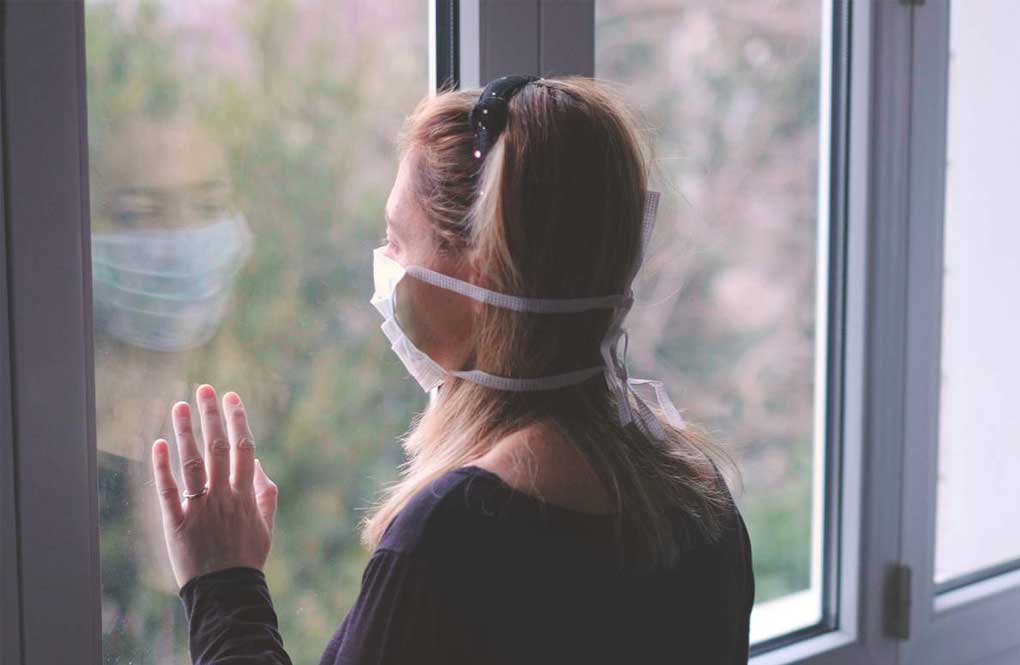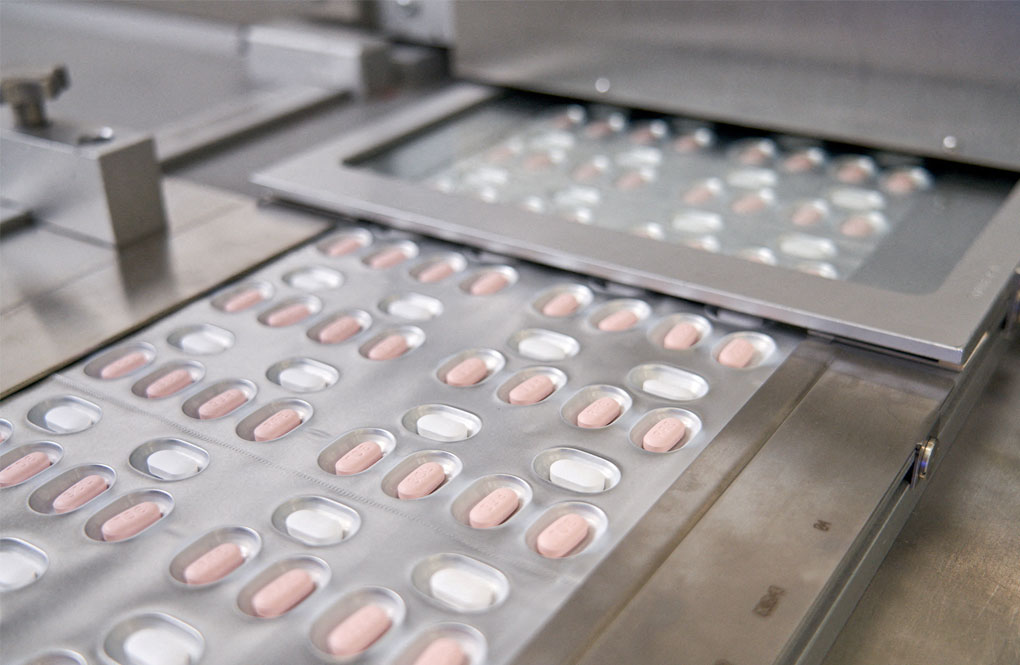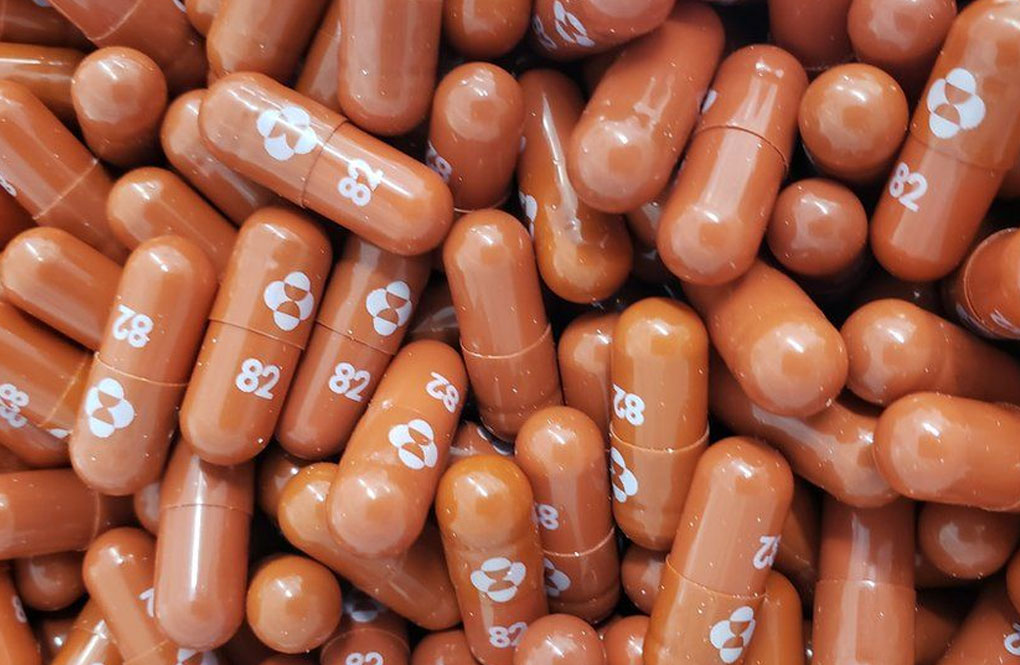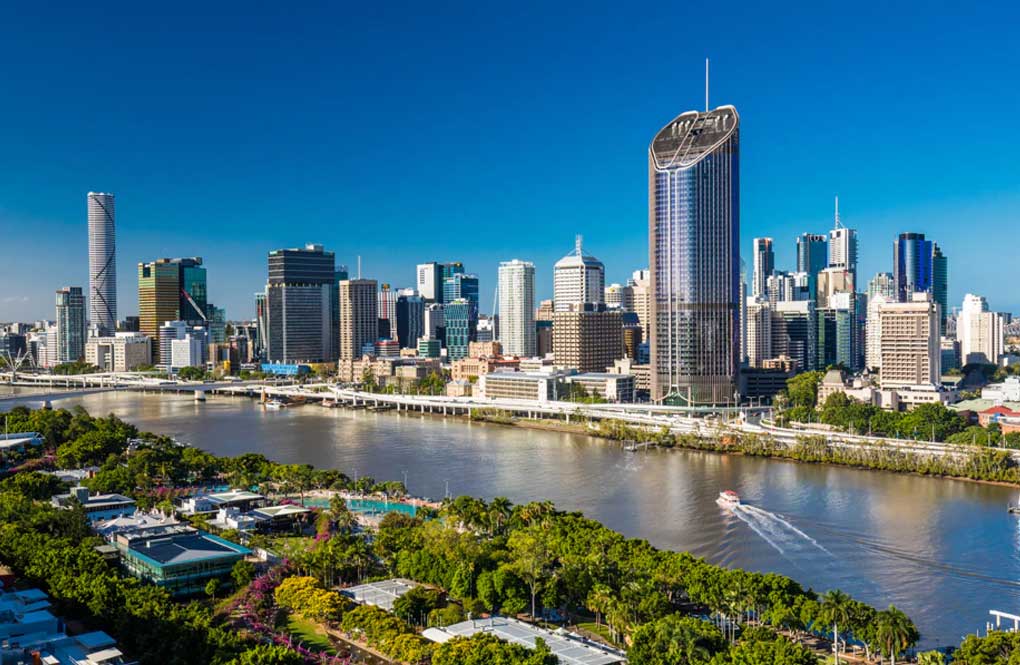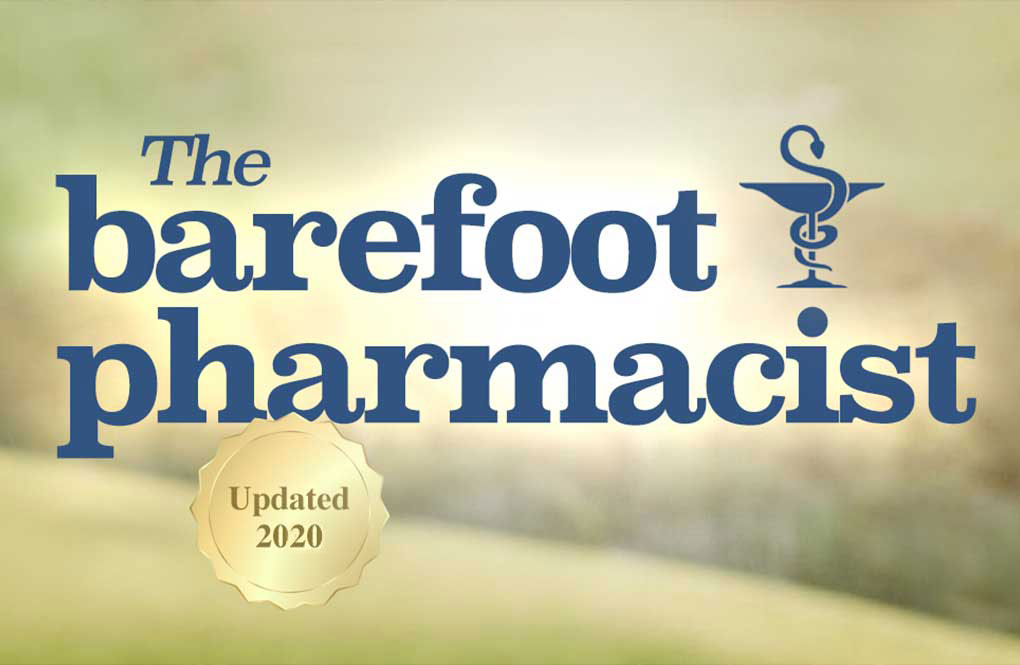The president of the Australian Medical Association has warned the government about treating COVID-19 too similarly to other infectious diseases as mandatory isolation is cut to five days.
Professor Steve Robson says COVID-19 is a multi-system disease and couldn’t be treated the same as the cold or flu.
“It’s a complete furphy to think that COVID is the same as the flu or cold and this is a dialogue we’re hearing around the place,” he said.
“We’re seeing huge effects on the workforce from long COVID at the moment. So it’s very different to other infectious diseases, and it needs to be treated differently.”
Prime Minister Anthony Albanese says the move to reduce the isolation period down from seven days, except for workers in high-risk settings, was appropriate based on the health advice.
“There aren’t mandated requirements for the flu or for a range of other illnesses that people suffer from,” he said after Wednesday’s national cabinet.
NSW Premier Dominic Perrottet says the nation needs to move away from public health orders, to a system where individual employees judge whether they’re well enough to go to work.
Mr Perrottet’s comments follow a national cabinet decision on Wednesday to cut the COVID-19 isolation period from seven to five days.
“I do believe we need to move away from public health orders and we need to move to a place where if you’re sick you stay at home, and if you’re not sick you go to work,” he told the ABC on Thursday.
“Ultimately, the point we need to get to is a less reliance on public health orders and a greater reliance on people respecting each other.”
But Prof Robson says the decision may be counter-intuitive to fixing workforce shortages.
“It’s got the potential to (increase cases),” he said.
“The best information we have at the moment is up to a third of people, even if they feel well, and don’t have any symptoms are potentially infectious.
“If you’re making the decision to increase the workforce availability, decreasing pressures, you’ve got to be very careful you’re not doing the exact opposite.”
But leading epidemiologist Catherine Bennett said it is unlikely there would be more infectious people in the community, given about one in three people know they have an infection and are isolating.
New data revealed 75 per cent of people had cleared the virus by seven days, Professor Bennett said.
The AMA president has also called on national cabinet to release the health advice underpinning the decision, saying the organisation wasn’t consulted about the change.
“The consultation going on at the moment, we’re not sure who it’s with,” he said.
“They’re not releasing that advice. We would love to see it. Most doctors around the country are scratching their heads on what this advice is.”
Under the changes, face masks on domestic flights will also become voluntary.
The reduction in isolation requirements for people who no longer have symptoms will come into effect from September 9.
The pandemic leave disaster payment will also move to cover the same five-day isolation period from that same date.
Leaders will meet in a fortnight to discuss the future of paid pandemic leave, which is due to wrap up at the end of this month.
Australia recorded 69 COVID-19 deaths on Wednesday, and more than 13,000 cases.
(AAP)

